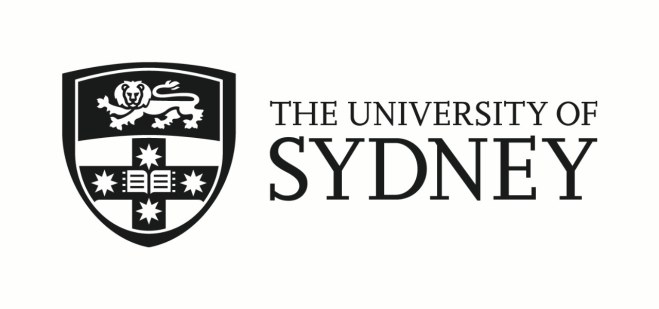Use the Back button in your browser to see the other results of your search or to select another record.
Detailed Search Results
| Effect of acupuncture on neurogenic claudication among patients with degenerative lumbar spinal stenosis: a randomized clinical trial |
| Zhu L, Sun Y, Kang J, Liang J, Su T, Fu W, Zhang W, Dai R, Hou Y, Zhao H, Peng W, Wang W, Zhou J, Jiao R, Sun B, Yan Y, Liu Y, Liu Z |
| Annals of Internal Medicine 2024 Aug;177(8):1048-1057 |
| clinical trial |
| 6/10 [Eligibility criteria: Yes; Random allocation: Yes; Concealed allocation: No; Baseline comparability: Yes; Blind subjects: No; Blind therapists: No; Blind assessors: No; Adequate follow-up: Yes; Intention-to-treat analysis: Yes; Between-group comparisons: Yes; Point estimates and variability: Yes. Note: Eligibility criteria item does not contribute to total score] *This score has been confirmed* |
|
BACKGROUND: Acupuncture may improve degenerative lumbar spinal stenosis (DLSS), but evidence is insufficient. OBJECTIVE: To investigate the effect of acupuncture for DLSS. DESIGN: Multicenter randomized clinical trial. (ClinicalTrials.gov: NCT03784729). SETTING: 5 hospitals in China. PARTICIPANTS: Patients with DLSS and predominantly neurogenic claudication pain symptoms. INTERVENTION: 18 sessions of acupuncture or sham acupuncture (SA) over 6 weeks, with 24-week follow-up after treatment. MEASUREMENTS: The primary outcome was change from baseline in the modified Roland-Morris Disability Questionnaire ((RMDQ) score range, 0 to 24; minimal clinically important difference (MCID), 2 to 3). Secondary outcomes were the proportion of participants achieving minimal (30% reduction from baseline) and substantial (50% reduction from baseline) clinically meaningful improvement per the modified RMDQ. RESULTS: A total of 196 participants (98 in each group) were enrolled. The mean modified RMDQ score was 12.6 (95% CI 11.8 to 13.4) in the acupuncture group and 12.7 (CI 12.0 to 13.3) in the SA group at baseline, and decreased to 8.1 (CI 7.1 to 9.1) and 9.5 (CI 8.6 to 10.4) at 6 weeks, with an adjusted difference in mean change of -1.3 (CI -2.6 to -0.03; p = 0.044), indicating a 43.3% greater improvement compared with SA. The between-group difference in the proportion of participants achieving minimal and substantial clinically meaningful improvement was 16.0% (CI 1.6% to 30.4%) and 12.6% (CI -1.0% to 26.2%) at 6 weeks. Three cases of treatment-related adverse events were reported in the acupuncture group, and 3 were reported in the SA group. All events were mild and transient. LIMITATION: The SA could produce physiologic effects. CONCLUSION: Acupuncture may relieve pain-specific disability among patients with DLSS and predominantly neurogenic claudication pain symptoms, although the difference with SA did not reach MCID. The effects may last 24 weeks after 6-week treatment. PRIMARY FUNDING SOURCE: 2019 National Administration of Traditional Chinese Medicine Project of building evidence-based practice capacity for TCM-Project BEBPC-TCM (NO. 2019XZZX-ZJ).
|


